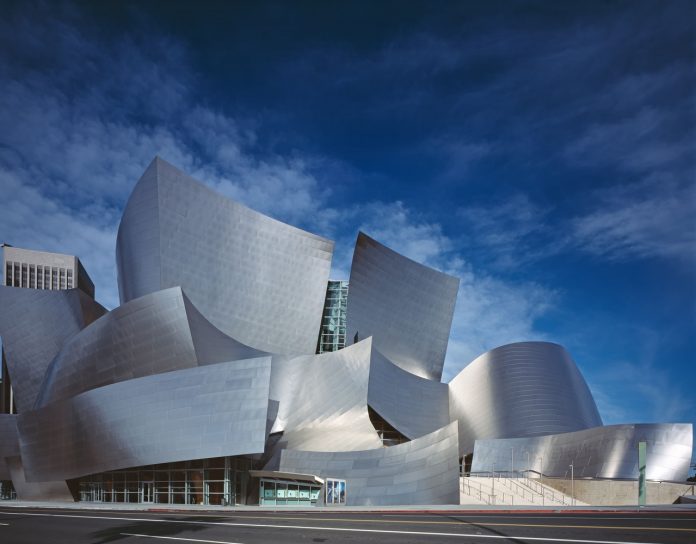Differences Between Residential and Commercial Architecture
Constructing any building or structure is impossible without the efforts of a reliable construction team. You have the civil engineer that oversees the entire construction project and ensures that nothing goes wrong during the process. Another one is the architect, whose responsibility is to create designs for the construction project and make redevelopments and alterations.
If you focus on the architect, there are usually two categories: residential and commercial architects. You need to know the difference between the two because you might hire the wrong one for your construction project. Learning the difference will also save you time in finishing the construction project.
1. Level of Expertise
The first dissimilarity that you can find between residential and commercial architecture is the architect’s experience and skill. Usually, an average house doesn’t need too many fancy features or technicalities unless the homeowners decide that they want a very fancy house that costs millions of dollars.
But for simple houses, you don’t necessarily need the most expensive architectural design. Most homeowners want a simple place because they want one that feels calming, relaxing, and not cluttered in any way. Residential architecture also doesn’t need extensive work. Hence, an architect with minimal experience can assist a client in building a home.
But with commercial architecture, you need the most brilliant minds handling it because of its complexity. Most commercial buildings are large, and every area and section needs precise measurements. Otherwise, the entire building won’t function properly, which will result in numerous building issues, such as uneven flooring, lacking space, substandard construction materials, etc.
In most cases, construction teams tasked with commencing commercial building projects look for the best architects with years of experience. They also need to have an excellent reputation for creating commercial building designs that are standing today. The only thing that residential and commercial architecture share is that there is no room for error.
2. The Building’s Complexity
The primary purpose of residential architecture is to create enough designs to create a home that people can enjoy living in for years. As mentioned a while ago, you don’t have to make the most expensive residential property to achieve maximum comfortability. Most of the time, people are comfortable having a house with one level, has enough rooms for each family member and other necessities to keep a family happy.
On the other hand, a commercial building usually needs a vast space that companies and businesses can divide using walls made of drywall. They have free reign on which area will have the most space, ensuring that they provide space to specific employees and workers. They usually use dividers to create a manager’s office, a production floor, break room, etc.
Besides the building’s width, commercial architecture also has several hidden areas that residential architecture doesn’t have. A good example is installing general-purpose access doors and panels in several locations within the commercial building because of the different building components that technicians and maintenance personnel need to maintain or repair.
3. Building Needs
Residential architecture usually focuses on the home’s inside, providing spacious rooms, a functional kitchen, etc. The home also doesn’t need as many storage spaces as commercial buildings. A residential property can have a single garage, attic, and basement, enough for an average-sized family to place their extra belongings.
A commercial building has many sections that maintenance personnel use to store their equipment. There are also areas within the building that technicians use to access the building components, including the generators or plumbing system, to do regular repairs or maintenance.
And those areas that commercial buildings need are usually larger than the spaces in most residential architecture, especially if the building is vast and has several floors. Not only do contractors need to make those spaces large, but they also use different construction materials that residential buildings typically don’t use.
Keep in mind the differences that residential and commercial architecture has when looking for an architect for your construction project. Doing so can help you choose the right one, ensuring the construction project goes smoothly.






